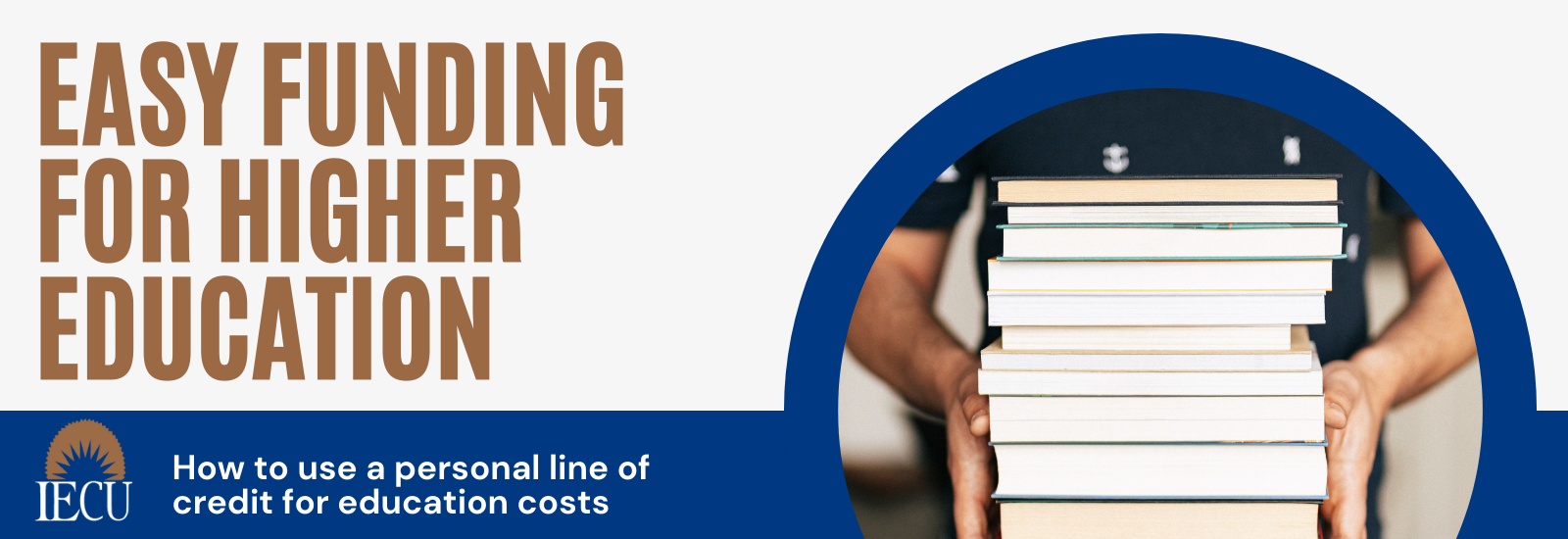Easy Funding for Higher Education Costs
How to Use a Personal Line of Credit for Higher Education Costs
A personal line of credit, also known as a revolving line of credit, is similar to a credit card which allows you to instantly borrow to meet your cash needs. Once the line of credit is established, your access to funds is seamless. You are able to simply go online to transfer funds to your checking account or visit your financial institution for an advance.
A line of credit is secured by your signature and your promise to repay. Just like a credit card, you only pay interest on the amount you draw against the line of credit. The interest rate associated with this type of loan is usually higher than those secured by real estate and even an automobile, and typically are reflective of your credit score. From the view of the lender, the risk of granting a line of credit is higher when there is no collateral securing a loan. On the flipside, as a borrower, the risk is higher too, since you have nothing to sell to pay back the loan should you unfortunately fall on hard times. Therefore, a personal line of credit should be used with caution and with well thought out intentions.
At IECU we’ve had several members use a line of credit to pay for higher education. They are able to access funds when they need them, as opposed to a student loan where you are advanced a lump sum and pay a fee plus interest based on that entire lump sum from day one. With a line, our member pays the school as needed and, as mentioned earlier, only pays interest on the amount used.
For comparison purposes, here are two IECU members who recently received their MBA: Each semester is $4,500 for a total program cost of $18,000. With books and a living expense allowance, Jane receives a student loan of $7,000 each semester. After the 4% fee a deposit of $6,720 is made into her checking account. At the end of her two-year program, she has student loans of $28,000 at a rate of 4.5% and will begin monthly payments of $215 for the next 15 years. Her classmate John instead uses his line of credit to write a check to the school each semester for $4,500. He begins making $200 monthly payments after his first advance. At the end of his two-year program, he has an outstanding balance of just under $15,000. John will continue the monthly payment of $200 at a rate of 7.5% interest for just 8 years. Using a personal line of credit in this instance saved John 7 years of payments ($200 x 84 = $16,800).
Reaching your educational goals is priority at IECU. While it’s always great to create a budget to take care of most of your financial needs, sometimes that is not always possible. We’d love to chat with you about how a personal line of credit might help you earn your next degree.
« Return to "Personal Loans"

